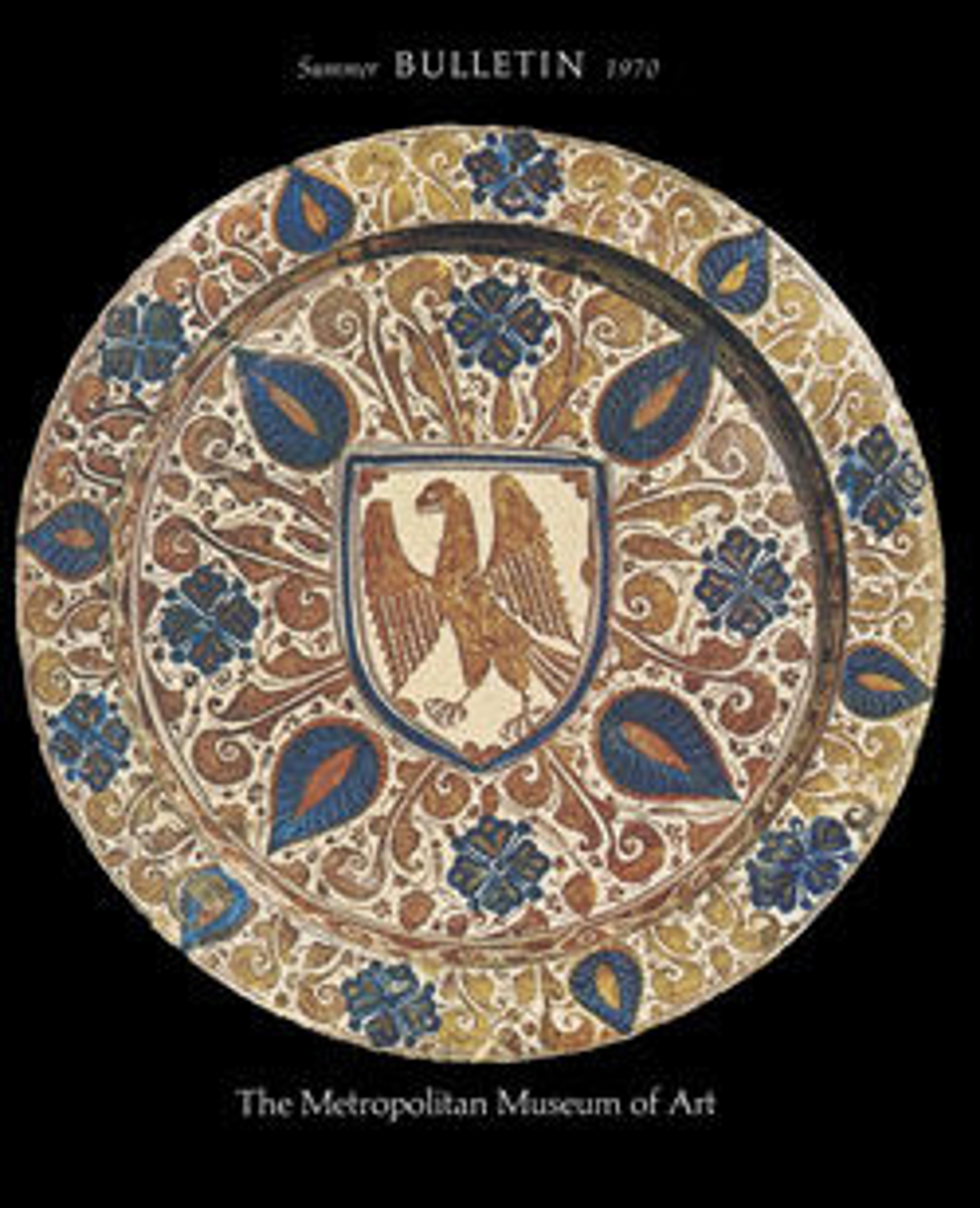Reclining Naiad
This is a variant of the Reclining Venus with Cupid, now in Buckingham Palace, which was made for Lord Cawdor in 1814 and ceded by him to the Prince Regent. Our work, commissioned by the fourth earl of Darnley, was completed by Canova's assistents after his death and delivered to the earl at Cobham Hall in Kent in 1824. The original plaster model for the Naiad, completed in 1817, is in the Gipsoteca di Possagno. Compositional prototypes include Canova's Pauline Borghese as Venus Victrix and an ancient Hermaphrodite, both in the Borghese Gallery, Rome. Numerous slight indentations throughout the marble may be visible remains of the pointing system.
Artwork Details
- Title:Reclining Naiad
- Maker:Antonio Canova (Italian, Possagno 1757–1822 Venice) , and his studio
- Patron:Commissioned by John Bligh, 4th Earl of Darnley
- Date:1819–24
- Culture:Italian, Rome
- Medium:Carrara marble
- Dimensions:Overall (wt. confirmed): 35 × 75 × 32 1/2 in., 2558 lb. (88.9 × 190.5 × 82.6 cm, 1160.3 kg)
- Classification:Sculpture-Marble
- Credit Line:Purchase, Mrs. Joseph A. Neff Gift, in memory of Joseph A. Neff, 1970
- Object Number:1970.1
- Curatorial Department: European Sculpture and Decorative Arts
More Artwork
Research Resources
The Met provides unparalleled resources for research and welcomes an international community of students and scholars. The Met's Open Access API is where creators and researchers can connect to the The Met collection. Open Access data and public domain images are available for unrestricted commercial and noncommercial use without permission or fee.
To request images under copyright and other restrictions, please use this Image Request form.
Feedback
We continue to research and examine historical and cultural context for objects in The Met collection. If you have comments or questions about this object record, please contact us using the form below. The Museum looks forward to receiving your comments.
